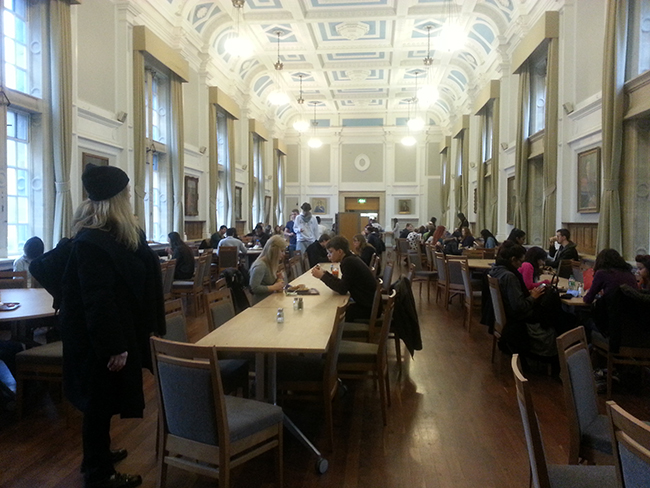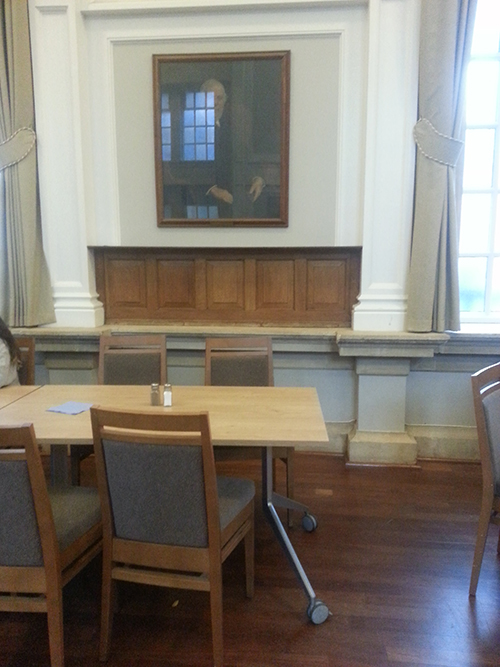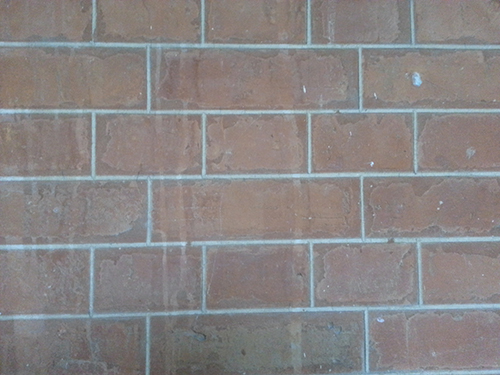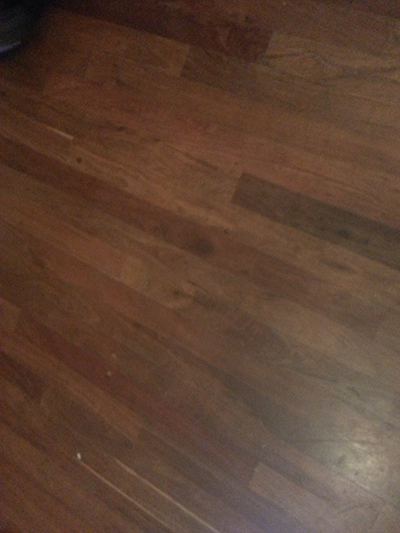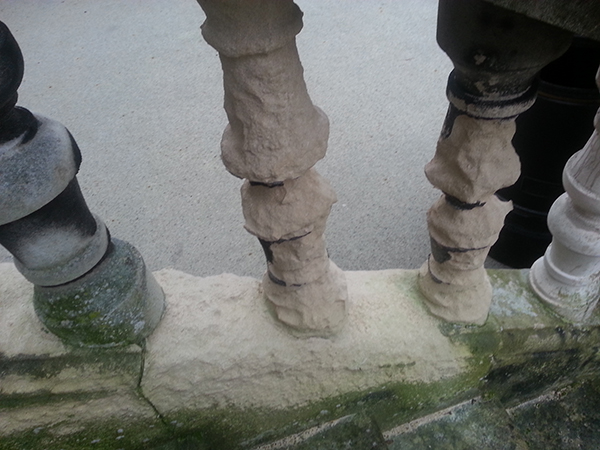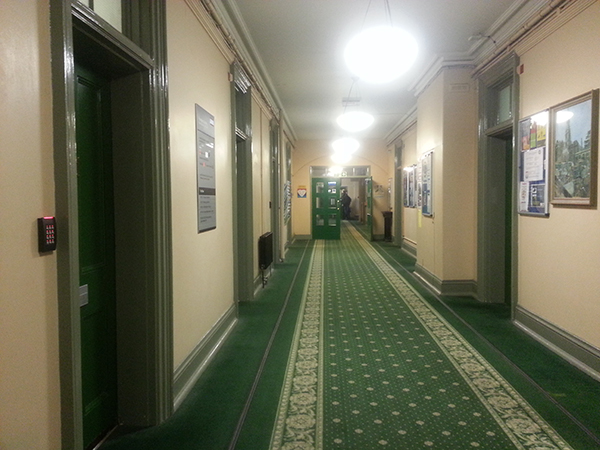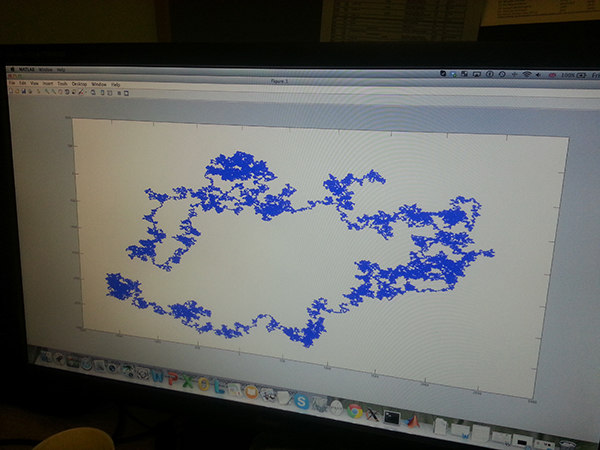|
| |
| |
RHUL Site Visit |
| |
|
| |
Practical site visit to RHUL to check out where the stall will be, and to meet the Computer Science Department. This is the beautiful hall where we will be..
|
|
|
| |
|
| |
This is most likely where the stall will be, with a bit of wood and portrait behind it. That is one of the tables that will be used. The chairs will be different.
|
|
| |
|
| |
| These are screens we can use as part of the dislpay if we like.. |
|
| |
|
| |
|
| |
|
| |
|
| |
|
| |
|
| |
|
| |
I love the look of the interior. The combination of very traditional with the management of wiring in a listed building. I like seeing the use, and the change. I enjoy the competition.
|
|
| |
|
| |
|
| |
I didn't take many pictures in the Computer Science Department, as we were straight into talking the second we got in. But I took a couple as part of the conversation. This thing by Adrian Johnstone's feet that looks like an old tripod is actually a mercury delay line, an early form of memory. It is a tube of mercury, with a piezzo-electric crystal at each end. A piezzo-electric crystal vibrates when electricity is passed through it, and emits electricity when it is vibrated. So you can put information into the tube as electric pulses which vibrate the crystal, sending the information through the mercury basically as sound, which hits the crystal at the other end and turns it into electricity again. This happens very fast, but you can have it going round and round in a loop, actively 'remembering' the information. This makes me feel shivery. |
|
| |
|
| |
| All the Computer Science Offices have whiteboards that are very actively used. This is Matthew Hague explaining ambiguity, and different ways of being unambiguous - including tree logic, cambridge notation and reverse cambridge notation. No one has ever explained anything involving numbers to me that clearly in my life. |
|
| |
|
| |
| This is Chris Watkins demonstrating a visualisation of a Random Walk using Matlab, where we move forward one, then turn in a random direction, them move forward again. This is to show how fast computers can work things out. Chris was very surprised at how un-random and purposeful this one appeared and went to print it out, but the printer couldn't cope. Alongside being truly awed by the process, and gleeful at this one example demonstrating so elegantly an appearance of intent, this also made me feel much better about repeatedly crashing my own systems by giving them too much to do. |
|
| |
|
| |
|
|
| |
| |
| |
|
| |
